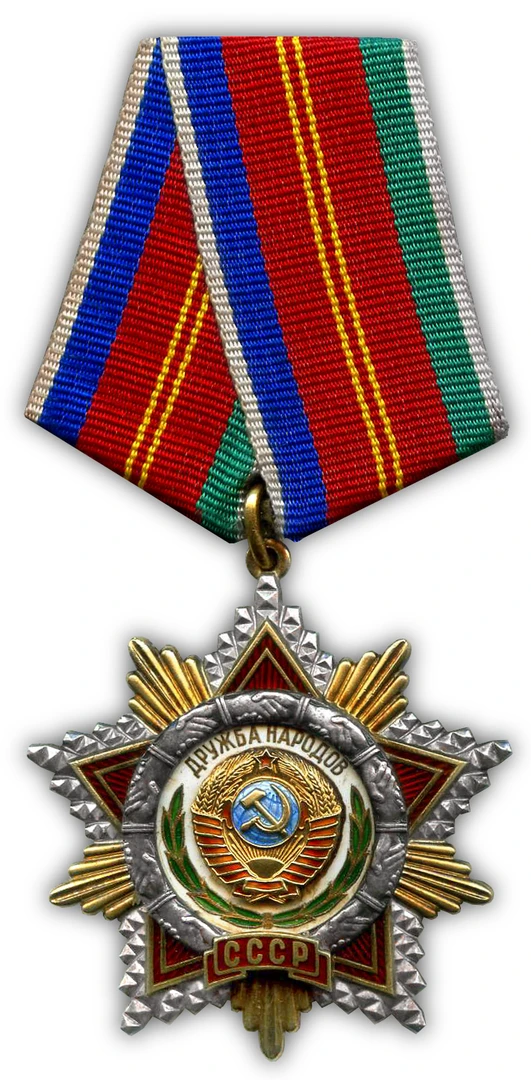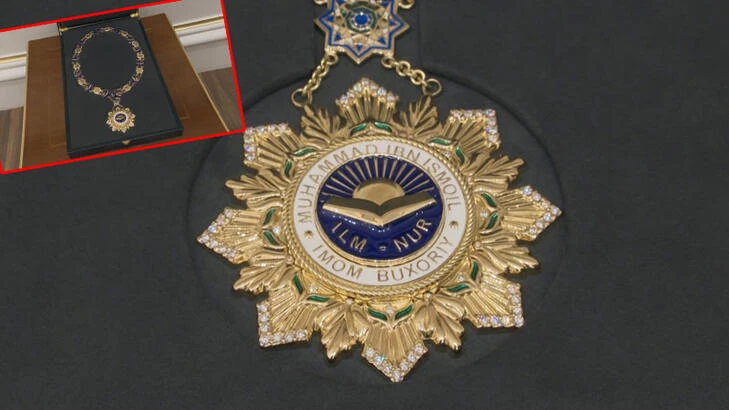Museum
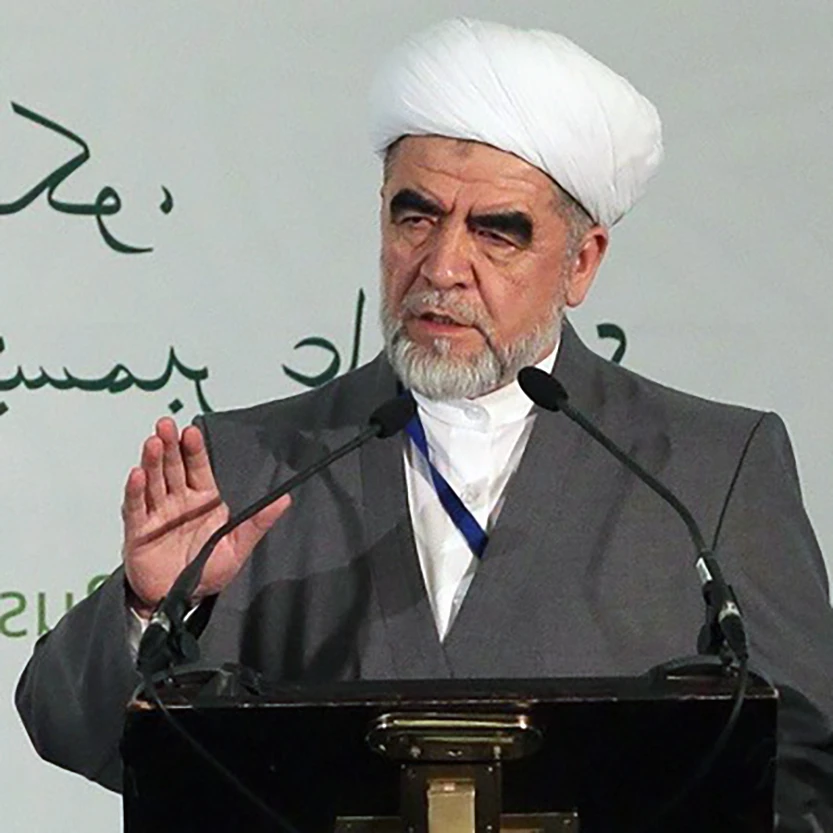
Life
Muhammad Sadik was the son of Muhammad Yusuf (died 2004), son of Andijan scholar Muhammad Ali.
Muhammad Sadik Muhammad Yusuf was born on April 15, 1952 in the family of a religious scholar in Uzbekistan. His father, teacher Muhammad Yusuf, gave his son elementary religious education, created all the conditions for his success in school, and instilled a love of reading.
After graduating from high school, Muhammad Sadik studied at the Mir Arab madrasa in Bukhara in 1970 and successfully graduated from it on an external basis. In 1973, he entered the Tashkent Islamic Institute named after Imam Bukhari. After graduating from the institute in 1975, he worked in the magazine "Soviet Eastern Muslims". In 1976, he entered Da\'wa Islamia University in Tripoli (Libya) and graduated with honors in 1980. Returning to his homeland, he worked in the department of foreign relations of the Central Asian and Kazakh Muslim Religious Department, and taught at the Higher Islamic Institute named after Imam Bukhari. During this period, Muhammad Sadik developed a new curriculum for the institute, started teaching new Islamic subjects, and organized the provision of students with the necessary educational and scientific literature. In 1986, he became the rector of the institute.
On February 6, 1989 Mufti Muhammad Sadik Muhammad Yusuf - the head of the religious office of the Muslims of Central Asia and Kazakhstan, and on the eve of the independence of Uzbekistan, the sheikh was elected a deputy to the Supreme Council of the USSR and became the first mufti of independent Uzbekistan.
With independence, the people were given religious freedom, Mufti Muhammad Sadik Muhammad Yusuf became the most famous person in Uzbekistan. In the same year, he was elected People\'s Deputy of the USSR.
In 1997, Muhammad Sadik was appointed in charge of Muslim countries and the Commonwealth of Independent States within the Rabita al-Alam al-Islami (Association of the Islamic World), an international Islamic organization in Saudi Arabia. He was a permanent member of the management board of this organization.
Muhammad Sadik Muhammad Yusuf returned to his homeland in Uzbekistan and began to write many religious works. He participated in many events and meetings held throughout the republic dedicated to the promotion of the scientific and religious culture of Muslims, carried out a semantic translation of the Holy Qur\'an into Uzbek, and published more than a hundred books and translations on Islamic sciences.
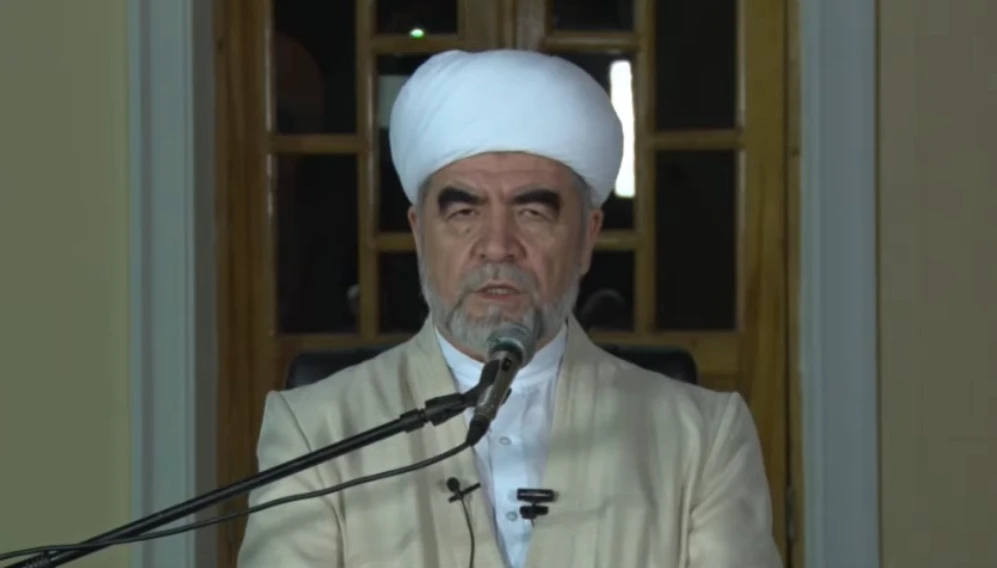
Activity
July 29, 2014, Ramadan 1434 according to the Hijri date Muhammad Sadik Muhammad Yusuf has been a member of the founding assembly of the World Organization of Islamic Relations in recent years and has been busy with the development of religious culture among the people of Uzbekistan through the Islam.uz site. It's done. He regularly participated in scientific conferences, seminars, meetings and meetings around the world.
Muhammad Sadik Muhammad Yusuf was a member of the following Muslim organizations:
1. Council of Secretaries of the World Union of Muslim Scholars (co-founder);
2. Council of Founders of the Islamic World Association (Makkah);
3. Presidium of the World Sufism Association;
4. General Secretariat of the World People's Islamic Leadership;
5. Presidium of the World Islamic Da'wa Council;
6. Royal Academy of Islamic Thought (Jordan);
7. Executive Bureau of the Assembly of Islamic Scholars and World Thinkers (Makkah);
8. Scientific Council of World Islamic University (Islamabad);
9. World Association of Mosques.
Muhammad Sadik was a member of the International Union of Muslim Scholars (IUMS), a non-governmental organization of Islamic scholars.
The Sheikh presented a report to former Soviet Union President Mikhail Gorbachev explaining the problems of Muslim rights. He asked to return the rights of Muslims to pray and study religion. During the meeting of Muhammad Sadik with Gorbachev, there were positive changes in the policy towards religion in the communist regime. With the efforts of Muhammad Sadik, many mosques and madrassas were built in the Soviet Union. Muslims could observe their religious customs and rituals.
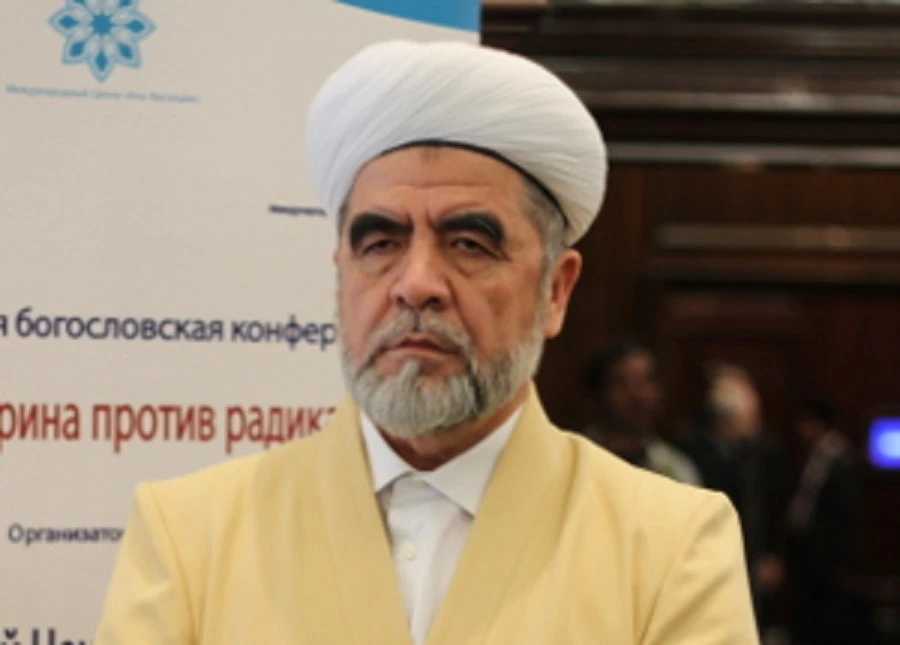
Writings
From 1994 to 2000, Muhammad Sadik published about thirty popular articles and twenty-five books and pamphlets. Most of them were written in Uzbek, and some were translated into Russian. The main publishing house was the Karasuv branch of the press of the Islamic Cultural Center in Osh.
Among Muhammad Sadik's books: Tafsir Hilal (Translation and Tafsir of the Holy Qur'an, in 6 volumes), Hadith and Hayat (a series of books that systematically discuss the Hadith and life, the history of Islam and all its details, the history of all the prophets.., 40 around the volume), Ruhiy Tarbiya (Spiritual Education, 3 volumes), Kifaya (Fiqh (Islamic Law) 3-volume books) and many other Islamic books, booklets, audio and video materials, as well as translations of Imam al-Bukhari's famous books into Uzbek language.
Death
Muhammad Sadik Muhammad Yusuf died of a heart attack on March 10, 2015 at the age of 62.
The funeral ceremony was held in the Sheikh Zainiddin mosque in the old city of Tashkent. About 200-250 thousand people directly participated in the funeral not only from Tashkent, but also from all regions of Uzbekistan and other countries, and it became the largest funeral ceremony in the history of independent Uzbekistan.
Memory
• A mosque was built in his name in Kojedo, Republic of Korea.
• One of the streets in Grozny, the capital of Chechnya, is named after him.
• A mosque was built in his name in Shymkent, Kazakhstan.
• A women's and men's madrasa named after the sheikh was established in the Balashikha district of the Moscow region.
• A mosque was built in his name in Chilonzor district of Tashkent city.
• Sheikh Muhammad Sadik Muhammad Yusuf Istanbul Education and Training Academy was established.

